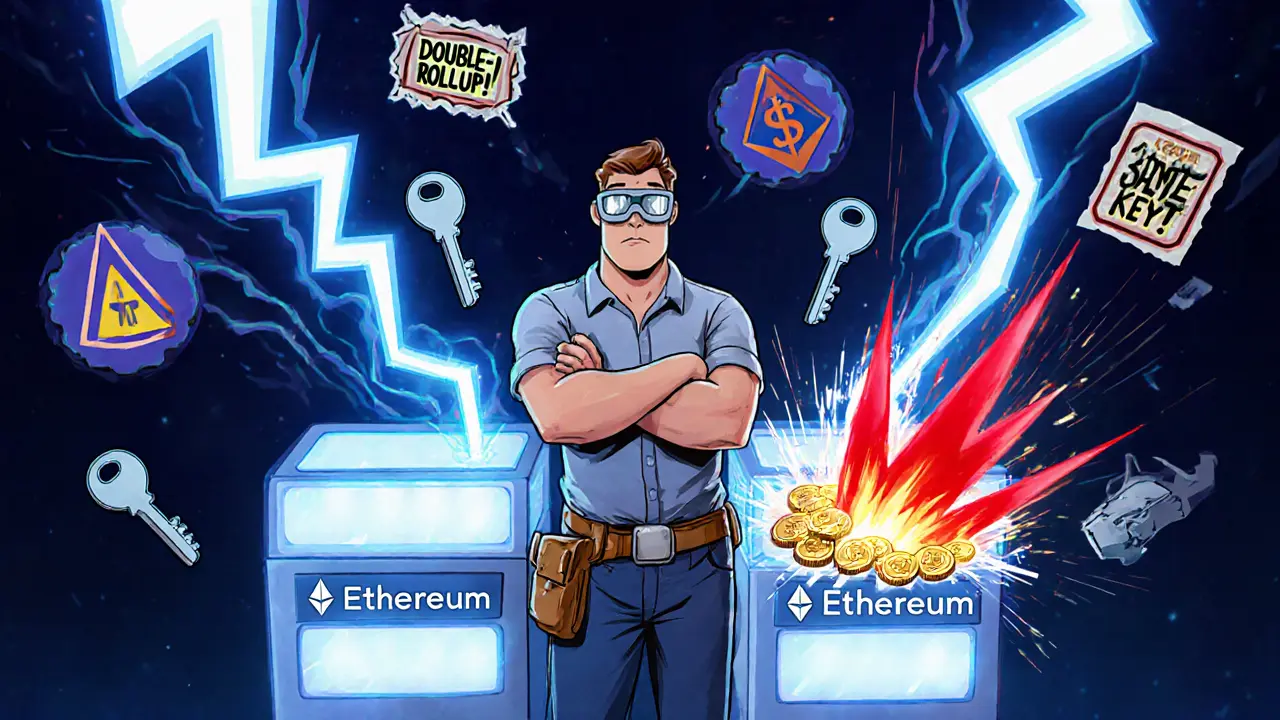Proof of Stake Explained: How It Powers Crypto Networks and Why It Matters
When you hear about proof of stake, a consensus mechanism that lets cryptocurrency networks validate transactions using locked-up coins instead of powerful computers. Also known as PoS, it's the engine behind Ethereum, Cardano, and dozens of other blockchains that want to be faster and greener than Bitcoin. Unlike proof of work, where miners compete to solve math puzzles using tons of electricity, proof of stake lets anyone with enough coins become a validator. You don’t need a GPU farm—you just lock up your crypto, and the network picks you randomly to check new transactions. If you do it right, you earn rewards. If you try to cheat, you lose part of your stake. Simple. Direct. Efficient.
This shift isn’t just technical—it’s personal. If you hold ETH, ADA, or SOL, you’re already part of this system. Staking isn’t a side hustle anymore; it’s how these networks stay alive. The same mechanism that keeps Ethereum secure also lets you earn 3% to 7% a year just by holding. No mining rigs. No noise. Just your wallet doing its job. And it’s not just for big players. Some networks let you stake with as little as 0.1 coins, making it accessible even if you’re not a millionaire. That’s why so many crypto projects moved to proof of stake: it lowers the barrier, cuts energy use by 99%, and gives ordinary holders real power.
But it’s not perfect. Centralization is a real concern. If only a few wallets hold most of the coins, they control the network. That’s why some chains use delegation—letting small holders team up with trusted validators. Others add slashing penalties to punish bad behavior. And while proof of stake is cleaner, it doesn’t make crypto risk-free. If the price crashes, your staking rewards might not cover your losses. Still, for most users, it’s the smartest way to participate. You’re not just holding crypto—you’re helping run it.
Below, you’ll find real-world examples of how proof of stake affects airdrops, exchange security, and even national crypto policies. Some posts show how staking rewards tie into token launches. Others warn about fake validators or explain why some chains switched from mining. Whether you’re new to crypto or just trying to understand why your wallet has a "stake" button, these guides cut through the noise and show you what actually matters.

How to Slash Restaking Risks: A Practical Guide for Validators and Stakers
Caius Merrow Oct, 30 2025 0Restaking boosts yield but multiplies slashing risks. Learn how to avoid losing your stake with practical steps for secure key management, monitoring, and infrastructure setup.
More Detail